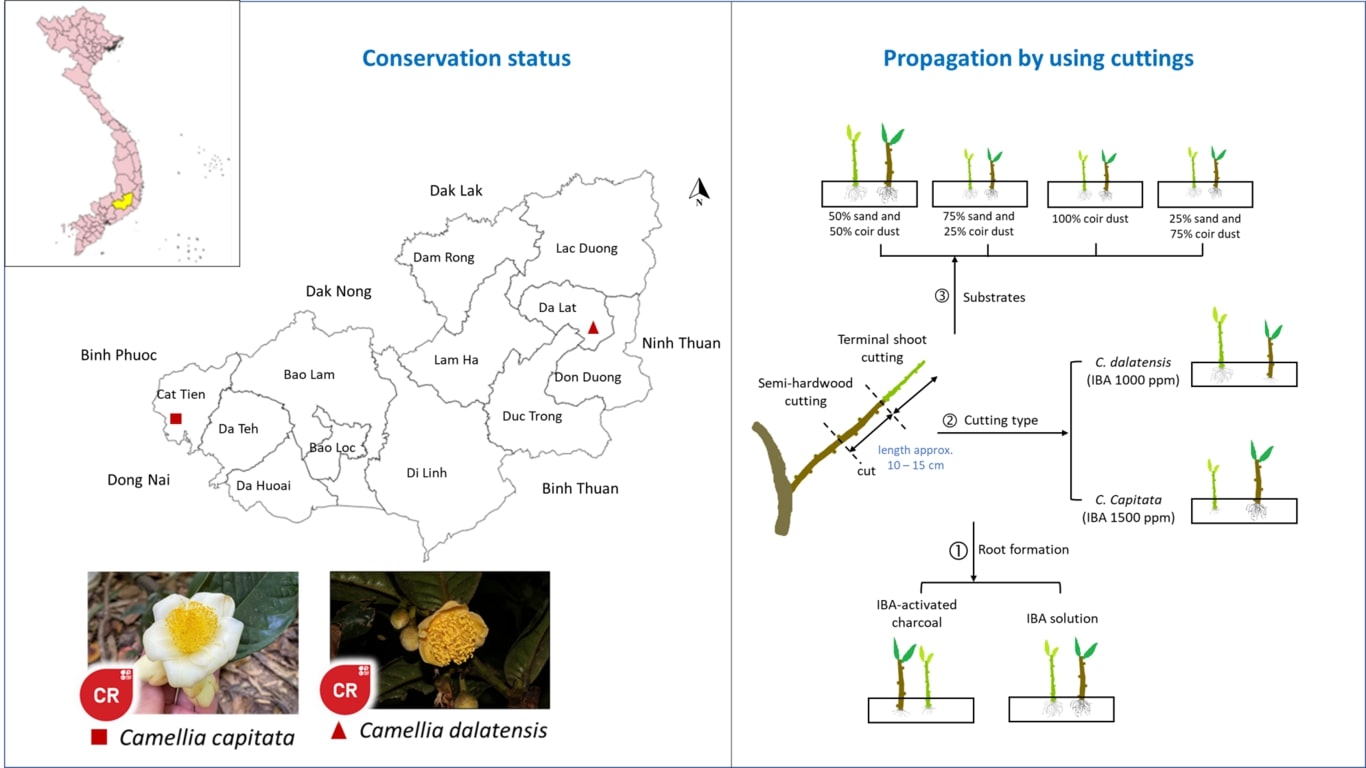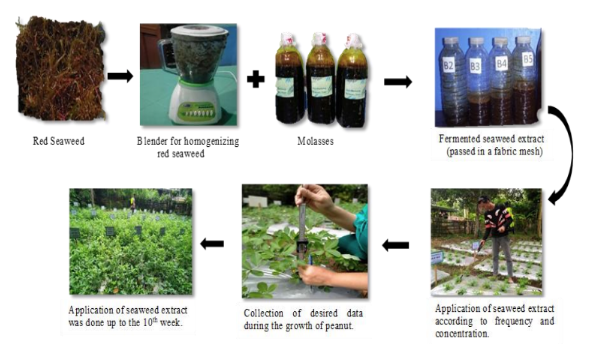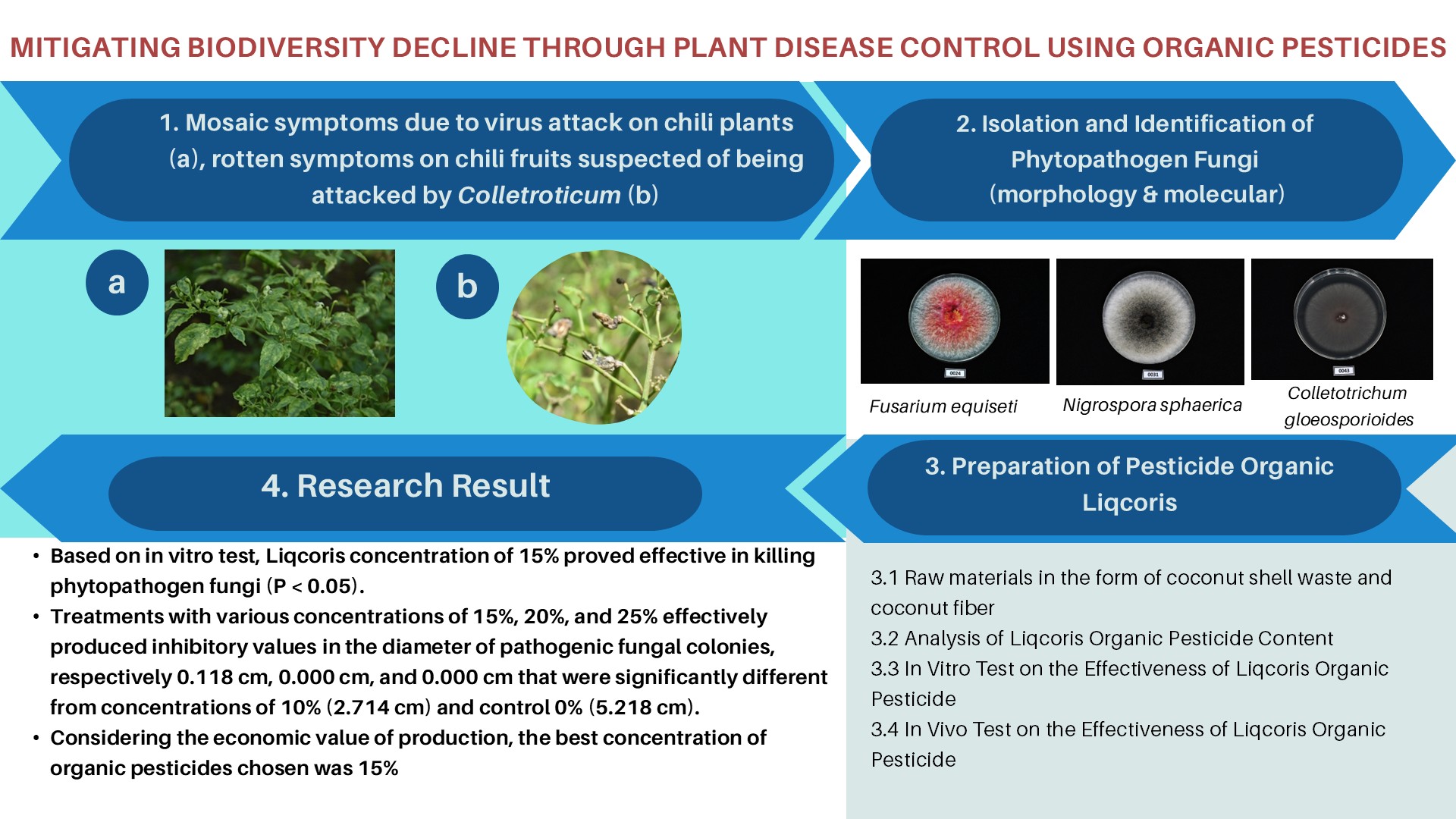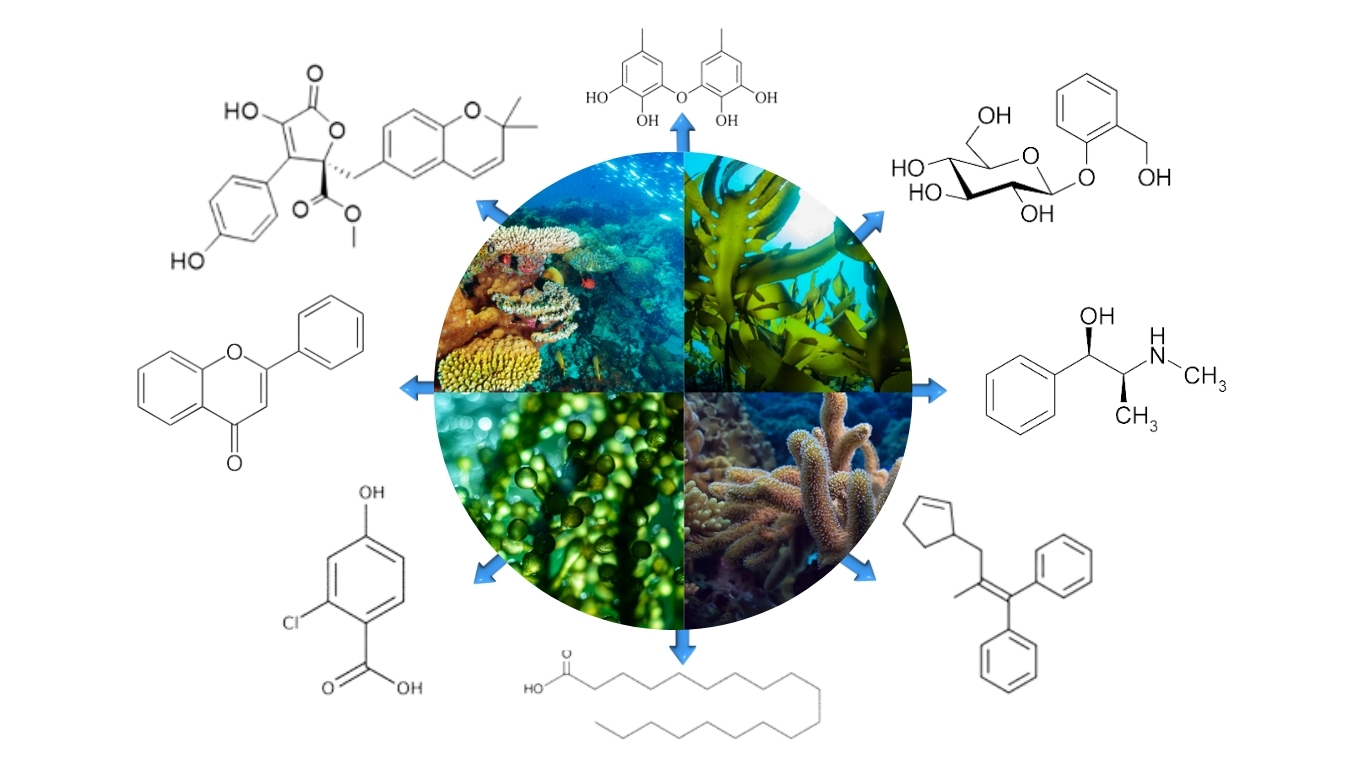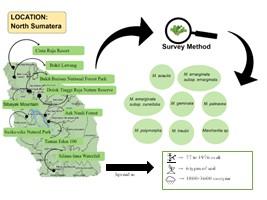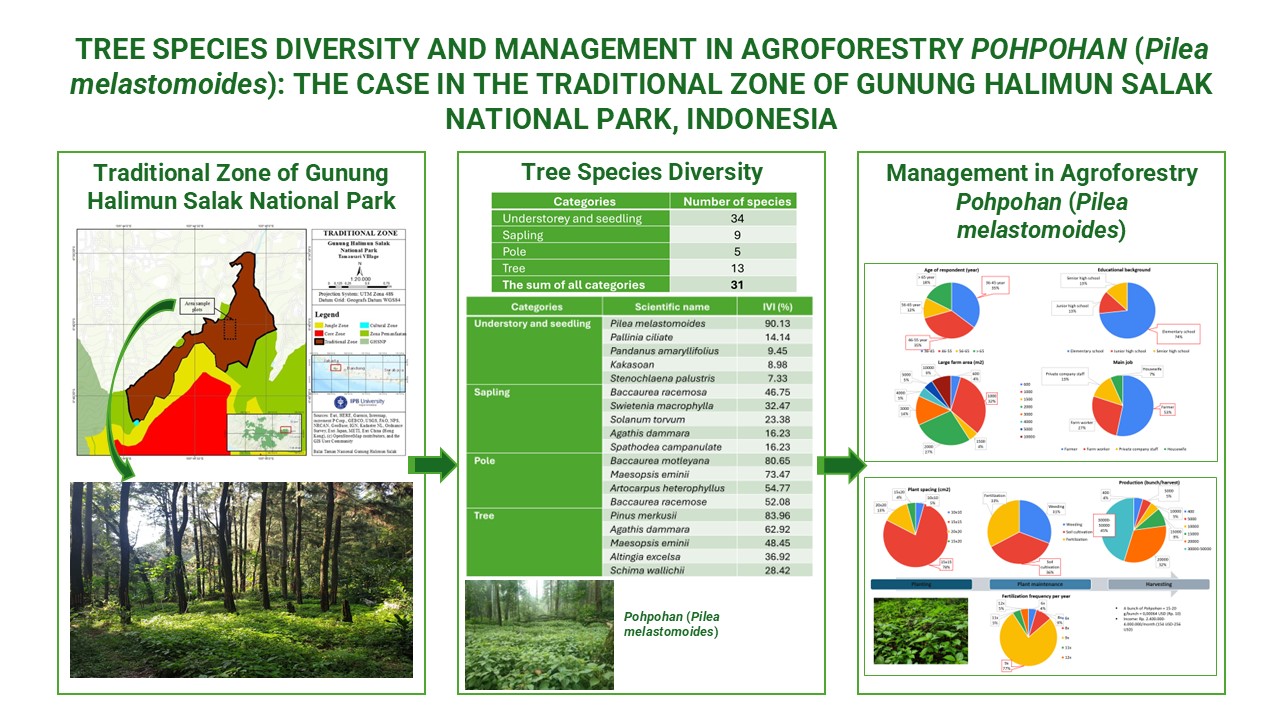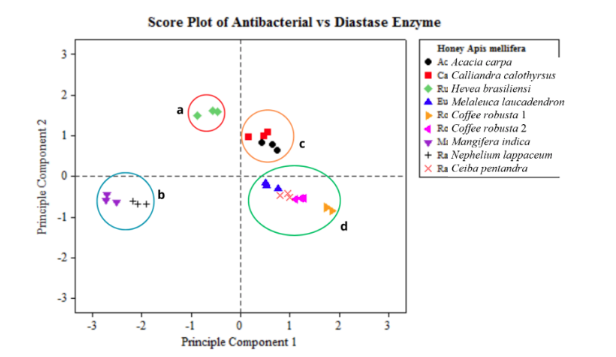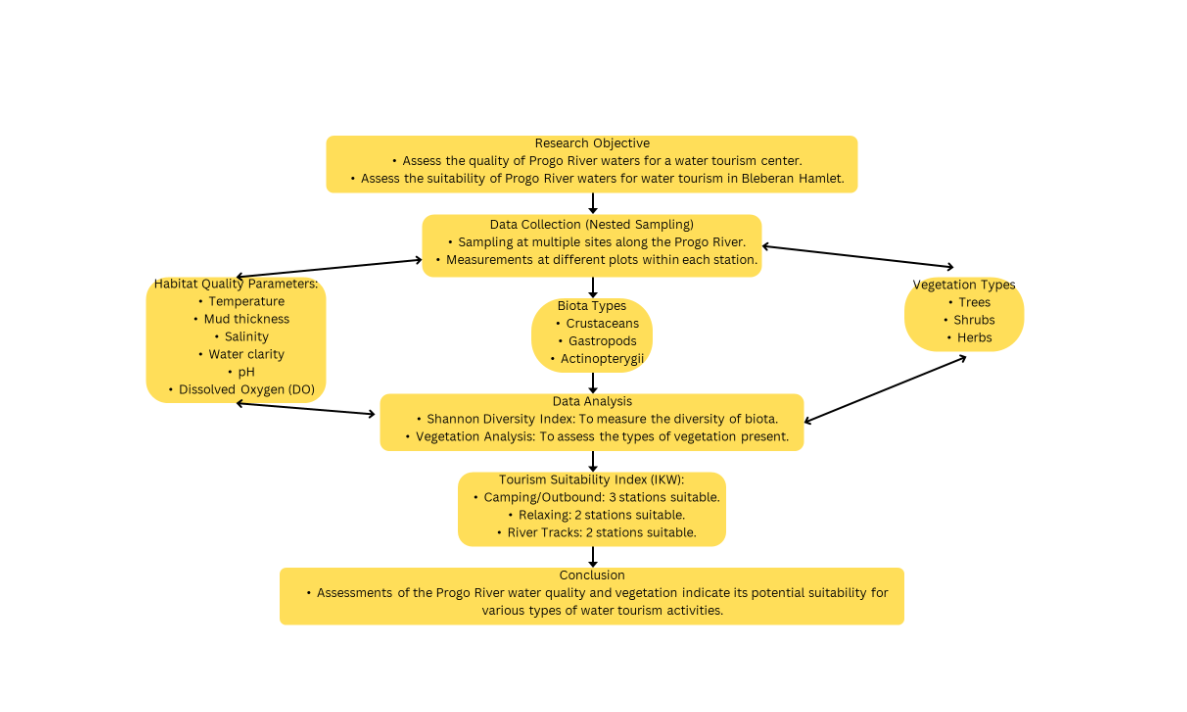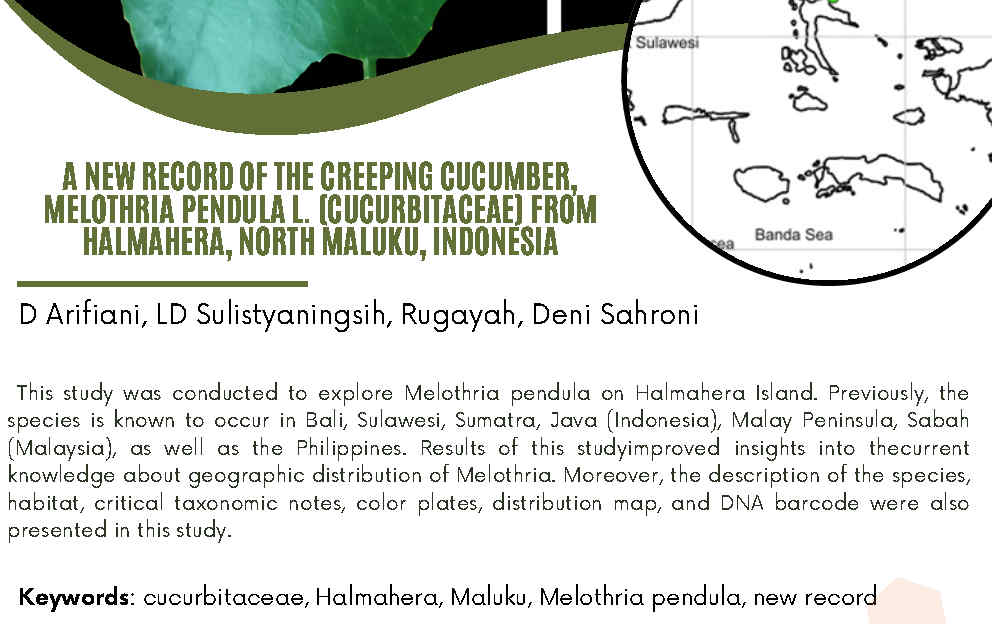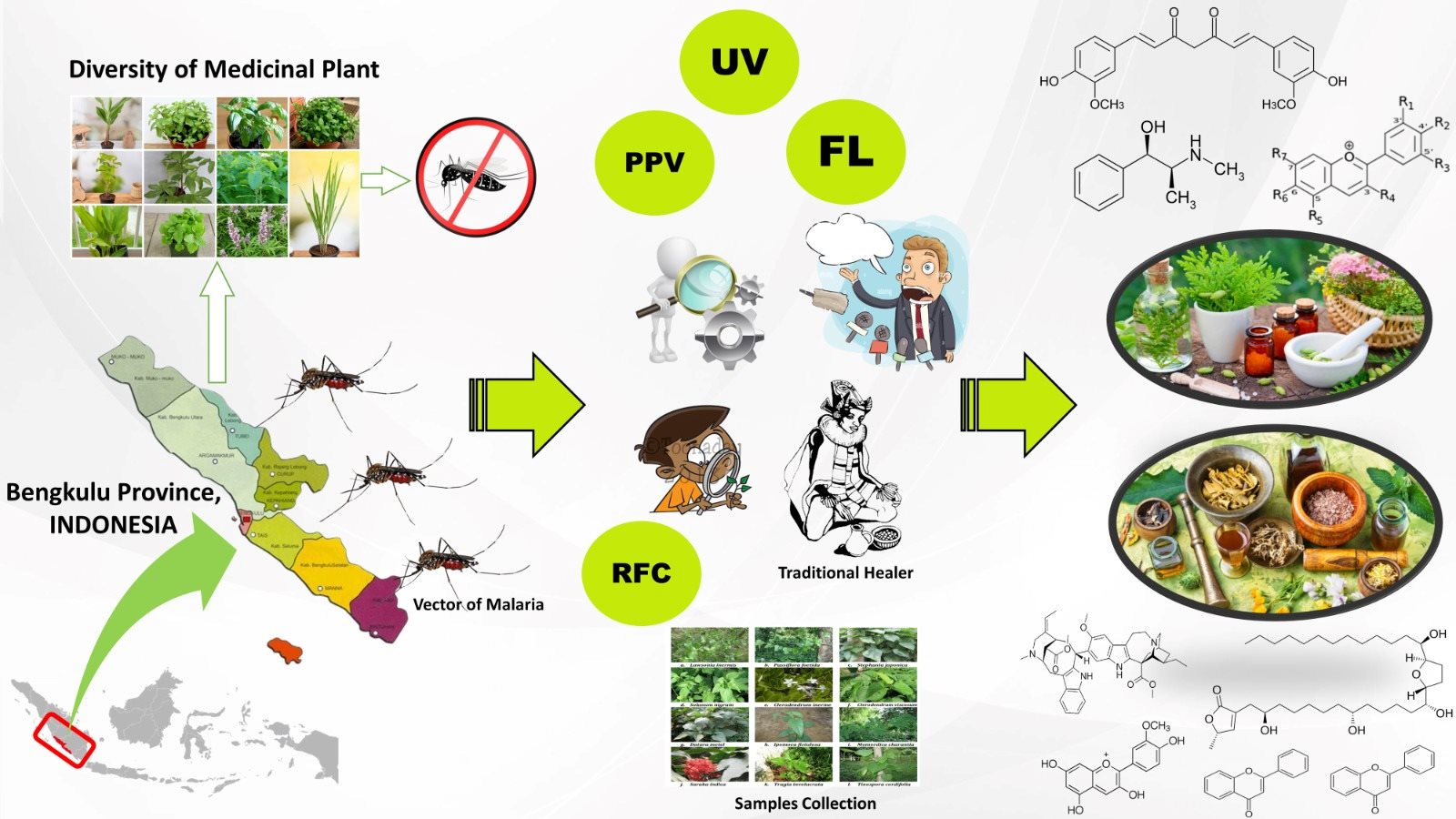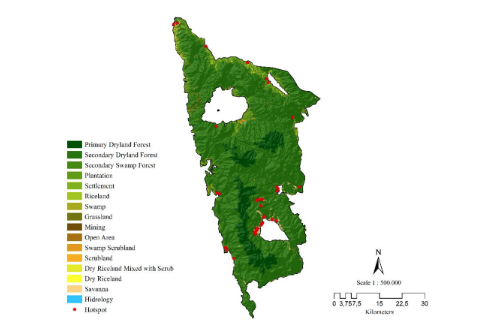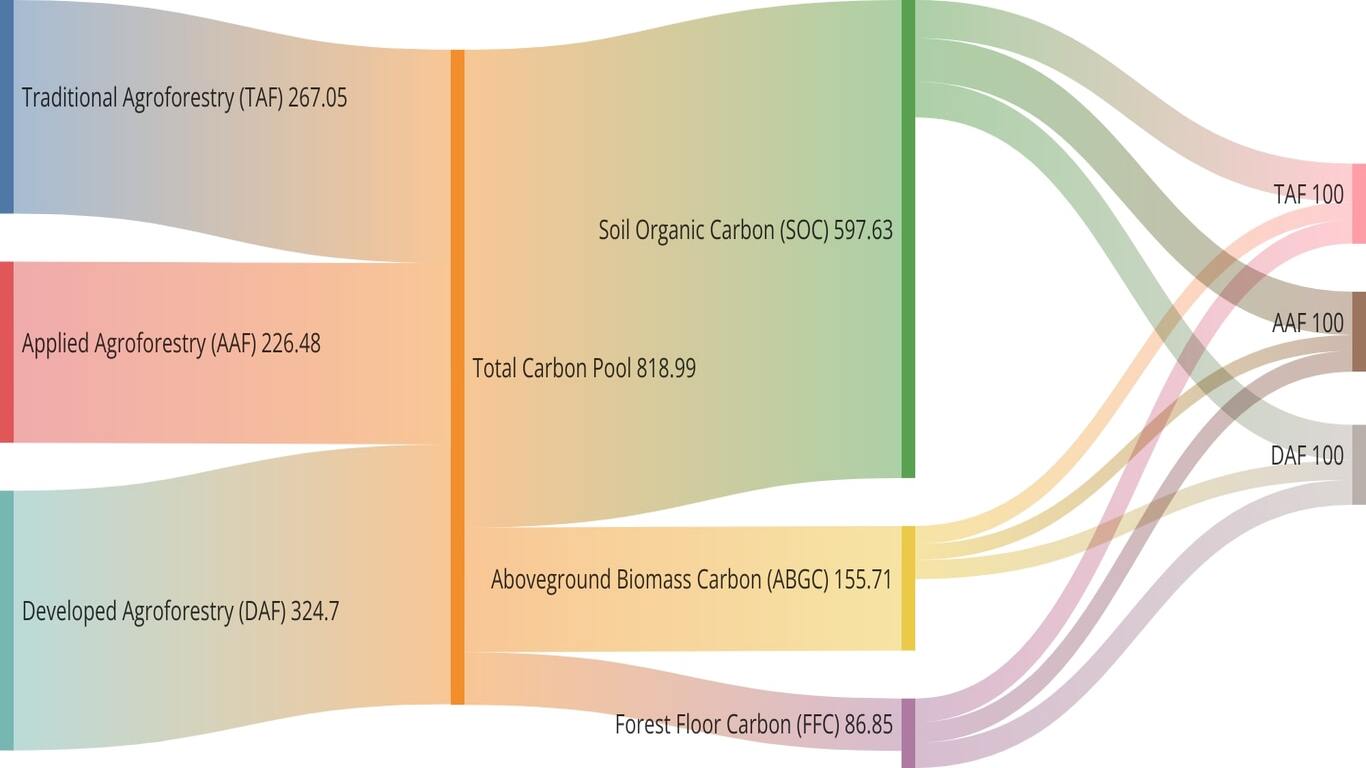STUDIES ON NATURAL PRODUCTS OF ALBIZIA SP.
No. 11 (1998)
Research Paper
November 16, 2011
January 11, 2024
Downloads
constituents. A. lebeckioides has yielded the steroidal ketone, stigmasta-4,22-dien-3-one, and a triterpene alcohol
as the major neutral components. A. falcataria has yielded a similar triterpene and fatty ester as its major
constituents. The toxicity of the compounds was evaluated in bioassay against termites.
The results showed that lupenone and stigmastadienone were toxic ioNeotermes dalbergiae species. In
contrast these compounds were less toxic to Cryptotermes cynocephalus species.
Key words: Insecticidal plants / Albizia lebeckioides I Albizia falcataria I Bark / Extracts / Chemical
constituents / Toxicity / Termites
ARIFNURYADIN, H. A., & AFFANDI, H. (2024). STUDIES ON NATURAL PRODUCTS OF ALBIZIA SP. BIOTROPIA, (11). https://doi.org/10.11598/btb.1998.0.11.139
Downloads
Download data is not yet available.
Copyright (c) 2017 BIOTROPIA - The Southeast Asian Journal of Tropical Biology

This work is licensed under a Creative Commons Attribution-NonCommercial-NoDerivatives 4.0 International License.
Authors who publish with this journal agree with the following terms:
- Authors retain copyright and grant the journal right of first publication, with the work 1 year after publication simultaneously licensed under a Creative Commons attribution-noncommerical-noderivates 4.0 International License that allows others to share, copy and redistribute the work in any medium or format, but only where the use is for non-commercial purposes and an acknowledgement of the work's authorship and initial publication in this journal is mentioned.
- Authors are able to enter into separate, additional contractual arrangements for the non-exclusive distribution of the journal's published version of the work (e.g., post it to an institutional repository or publish it in a book), with an acknowledgement of its initial publication in this journal.
- Authors are permitted and encouraged to post their work online (e.g., in institutional repositories or on their website) prior to and during the submission process, as it can lead to productive exchanges, as well as earlier and greater citation of published work (See The Effect of Open Access).











